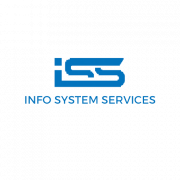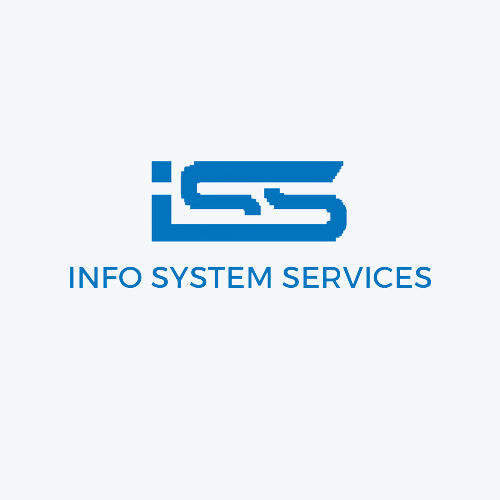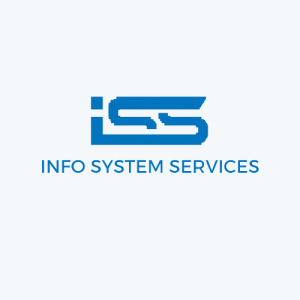HP J9088A – HP Procurve 2610-48 48x 10/100BaseT
₹4,816.00
Hewlett Packard Enterprise ProCurve E2610-48. Switch type: Managed, Switch layer: L3. Basic switching RJ-45 Ethernet ports quantity: 48, Console port: RJ-45. Full duplex. Switching capacity: 17.6 Gbit/s. Networking standards: IEEE 802.1ab,IEEE 802.1D,IEEE 802.1p,IEEE 802.1Q,IEEE 802.1v,IEEE 802.1w,IEEE 802.3ad,IEEE…. Rack mountingThe HP 2610 Switch Series consists of five switches. The HP 2610-24 and 2610-48 Switches provide 24 and 48 ports of 10/100 connectivity. The HP 2610-24 Switch is a fanless switch with quiet operation, making it ideal for deployments in open spaces. The HP 2610-24-PPoE, 2610-24-PoE, and 2610-48-PoE Switches are IEEE 802.3af compliant for Power over Ethernet (PoE) and provide up to 15.4 W for 12, 24, and 48 ports. The 2610-24-PPoE switch has 24 10/100 ports and provides 12 ports of PoE. All series switches include two 10/100/1000BASE-T ports and two mini-GBIC slots for Gigabit Ethernet uplink connectivity. An optional redundant external power supply is also available to provide redundancy in the event of a power supply failure. With static routing, robust security and management features, free lifetime warranty, and free software updates, the HP 2610 Switch Series is a cost-effective solution for customers who are building converged enterprise edge networks.Quality of Service (QoS)- Class of Service (CoS): sets the IEEE 802.1p priority tag based on IP address, IP Type of Service (ToS), Layer 3 protocol, TCP/UDP port number, source port, and DiffServ- Layer 4 prioritization: enables prioritization based on TCP/UDP port numbers- Traffic prioritization (IEEE 802.1p): allows real-time traffic classification into eight priority levels mapped to four queuesConnectivity- IEEE 802.3af Power over Ethernet (PoE): provides up to 15.4 W per port to IEEE 802.3af-compliant PoE-powered devices such as IP phones, wireless access points, and security cameras- Pre-standard PoE support: detects and provides power to pre-standard PoE devices; see list of supported devices in the product FAQ at www.hp.com/networking/support- Gigabit uplink connectivity: two 10/100/1000BASE-T ports and two mini-GBIC ports for connectivity such as Gigabit Ethernet (SX, LX, LH, and 1000BASE-T) and 100BASE-FX- Auto-MDIX: automatically adjusts for straight-through or crossover cables on all 10/100 ports- Jumbo packet support: supports up to 9216-byte frame size to improve performance of large data transfersResiliency and high availability- IEEE 802.3ad Link Aggregation Protocol (LACP) and HP port trunking: support up to 24 trunks, each with up to 8 links (ports) per trunk- IEEE 802.1s Multiple Spanning Tree: provides high link availability in multiple VLAN environments by allowing multiple spanning trees; provides legacy support for IEEE 802.1d and IEEE 802.1w- Optional redundant power supply: provides uninterrupted power (provided by HP 600 RPS/EPS)Manageability- RMON, XRMON, and sFlow: provide advanced monitoring and reporting capabilities for statistics, history, alarms, and events- Uni-Directional Link Detection (UDLD): monitors a link between two switches and blocks the ports on both ends of the link if the link goes down at any point between the two devices- Command authorization: leverages RADIUS to link a custom list of CLI commands to individual network administrator’s login; also provides an audit trail- Multiple configuration files: allow multiple configuration files to be stored to a flash image- Dual flash images: provides independent primary and secondary operating system files for backup while upgradingLayer 2 switching- VLAN support and tagging: supports IEEE 802.1Q (4,094 VLAN IDs) and 256 VLANs simultaneously- GARP VLAN Registration Protocol: allows automatic learning and dynamic assignment of VLANs- IEEE 802.1v protocol VLANs: isolate select non-IPv4 protocols automatically into their own VLANsLayer 3 routing- Basic IP routing: enables automatic routing to the connected VLANs and up to 16 static routes, including one default route, in IP networksSecurity- Multiple user authentication methods: IEEE 802.1X: is an industry-standard method of user authentication using an IEEE 802.1X supplicant on the client in conjunction with a RADIUS server. Web-based authentication: similar to IEEE 802.1X, it provides a browser-based environment to authenticate clients that do not support the IEEE 802.1X supplicant. MAC-based authentication: client is authenticated with the RADIUS server based on the client’s MAC address.- Authentication flexibility: Multiple IEEE 802.1X users per port: provides authentication of up to eight IEEE 802.1X users per port; prevents user “piggybacking” on another user’s IEEE 802.1X authentication. Concurrent IEEE 802.1X and Web or MAC authentication schemes per port: switch port will accept any of IEEE 802.1X and either Web or MAC authentications.- Access control lists (ACLs): provide IP Layer 3 filtering based on source/destination IP address/subnet and source/destination TCP/UDP port number- Identity-driven ACL: enables implementation of a highly granular and flexible access security policy and VLAN assignment specific to each authenticated network user- Dynamic ARP protection: blocks ARP broadcasts from unauthorized hosts, preventing eavesdropping or theft of network data



